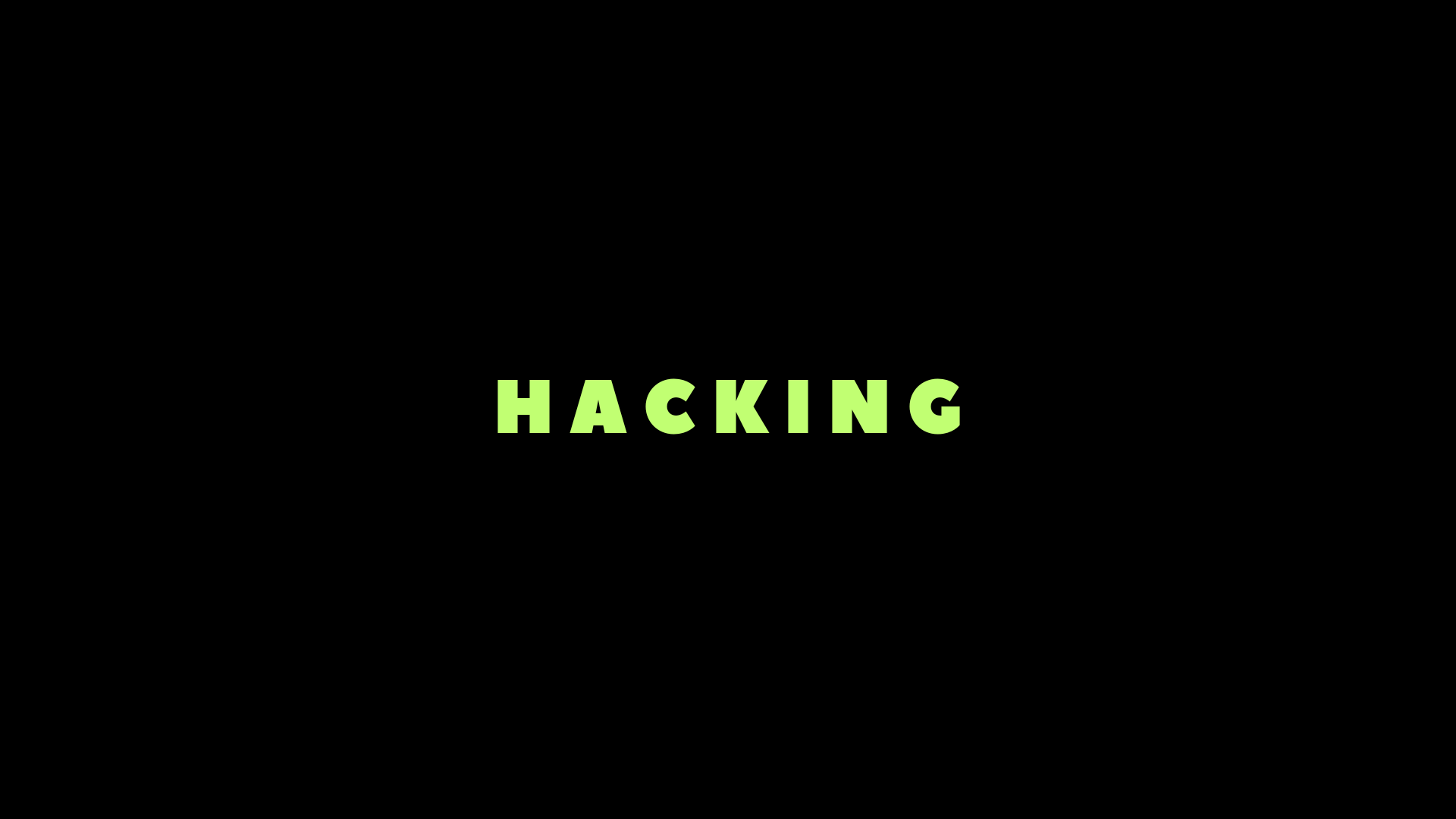
In today’s digital age, cybersecurity is more crucial than ever. With the rise of cyber threats, organizations need skilled professionals who can identify vulnerabilities and protect networks from malicious attacks. This is where ethical hacking comes in. Ethical hackers, also known as white-hat hackers, use their skills to enhance security and safeguard systems. If you’re new to this field and want to learn how to protect networks, this guide is for you. We’ll walk you through the basics of ethical hacking and provide you with a step-by-step approach to becoming proficient in this essential skill.
What is Ethical Hacking?
Ethical hacking involves authorized attempts to gain unauthorized access to computer systems, applications, or data. The goal is to identify security weaknesses and vulnerabilities that could be exploited by malicious hackers. Ethical hackers use the same techniques and tools as cybercriminals but do so with the permission of the system owner and with the intention of improving security.
Why Ethical Hacking is Important
- Identifying Vulnerabilities: Ethical hacking helps in discovering potential security flaws in systems and networks before malicious hackers can exploit them.
- Improving Security: By finding and fixing vulnerabilities, ethical hackers help organizations strengthen their defenses and protect sensitive data.
- Compliance and Regulations: Many industries are subject to strict cybersecurity regulations. Ethical hacking can help organizations meet these requirements and avoid penalties.
- Proactive Defense: Ethical hacking allows organizations to stay one step ahead of cybercriminals by proactively identifying and mitigating potential threats.
Getting Started: Essential Skills and Knowledge
To become an ethical hacker, you need a strong foundation in several key areas:
- Networking: Understanding how networks operate is crucial for identifying vulnerabilities. Learn about different types of networks, protocols, and devices.
- Operating Systems: Familiarize yourself with various operating systems, especially Linux and Windows, as they are commonly targeted by hackers.
- Programming: Basic knowledge of programming languages such as Python, C, and JavaScript will help you understand how software works and how to exploit vulnerabilities.
- Cybersecurity Fundamentals: Gain a solid understanding of cybersecurity principles, including encryption, firewalls, intrusion detection systems, and more.
Step-by-Step Guide to Ethical Hacking
- Learn the Basics: Start with online courses, tutorials, and books on ethical hacking and cybersecurity. Some popular resources include:
- Get Certified: Certifications such as Certified Ethical Hacker (CEH) and Offensive Security Certified Professional (OSCP) are highly regarded in the industry. They validate your skills and knowledge.
- Set Up Your Lab: Create a virtual lab environment to practice your skills safely. Tools like VirtualBox and VMware can help you set up multiple virtual machines for testing.
- Learn to Use Tools: Familiarize yourself with popular ethical hacking tools such as Nmap, Wireshark, Metasploit, and Burp Suite. These tools are essential for network scanning, vulnerability assessment, and exploitation.
- Practice on Legal Platforms: Platforms like Hack The Box, TryHackMe, and Capture The Flag (CTF) challenges provide safe environments to practice your skills on real-world scenarios.
- Stay Updated: Cybersecurity is a constantly evolving field. Follow industry blogs, forums, and news sources to stay informed about the latest threats and techniques.
Ethical Considerations
As an ethical hacker, it’s crucial to adhere to a strict code of conduct:
- Obtain Permission: Always have explicit permission from the system owner before attempting any hacking activities.
- Respect Privacy: Avoid accessing data that is not necessary for your testing. Respect the privacy of individuals and organizations.
- Report Findings: Provide detailed reports of your findings to the system owner, including recommendations for improving security.
- Continuous Learning: Ethical hacking requires a commitment to ongoing education and staying current with new technologies and threats.
Conclusion
Ethical hacking is a vital skill in today’s digital landscape. By following this step-by-step guide, beginners can build a strong foundation in cybersecurity and contribute to protecting networks from malicious attacks. Remember, ethical hacking is not just about finding vulnerabilities but also about making the digital world a safer place for everyone. Happy hacking!